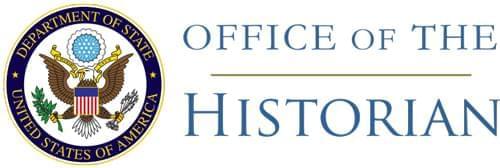348. Telegram From the Embassy in Canada to the Department of State1
Ottawa, April 3, 1968,
0135Z.
1440. Ref: State 138435; State 119551.2 Subject: Balance of payments trade measures.
- 1.
- In considering possible US import surcharge Embassy suggests
following factors relating US-Canadian trade might usefully be taken
into account:
- A.
- While exclusion of duty-free trade very helpful in limiting impact any US measure on Canadian exports, flat rate surcharge applying only dutiable items would still strike heavily and unfairly at Canada. Based on limited statistics available Embassy, US average rate on dutiable imports from Canada 6 percent (1964) compared to 13 percent [Page 736] for EC, 15 percent for EFTA and higher for Japan. Flat surcharge of, say, 6 percent would double tariff for Canada but be only two-fifths increase for EFTA. Result could well lead to charges of inequitable burden sharing.
- B.
- Surcharge related to underlying tariff rate would obviate this difficulty to some extent. To have equivalent import dampening effect, a surcharge would have to be steep, perhaps 50 percent increase in basic rate. Result would average 9 percent on Canada and 22-1/2 percent on EFTA. Case can be made that trade disruption might nevertheless be more serious for Canada than for Europe; dutiable imports from Canada contain relatively larger share semi-manufactures and raw materials as result North American economic integration. This trade generally operates on low margins through established trade channel and competes with US production. Thus any trade diversion could produce lasting injury. Moreover, in calculating protective effect of surcharge on value added in manufacturing, protection derived from rate relationships remains unchanged and excessive protection on semi-manufactures avoided under this formula. Such “tariff rate surcharge” would also have economic advantage for us in limiting inflationary impact on US manufacturing costs.
- 2.
- Embassy suggests: as equitable burden for Canada in possible surcharge situation, rate related to underlying tariff on dutiable imports but with exemption for rates scheduled for duty elimination under Kennedy Round. Consequently surcharge coverage for Canada would be reduced by $480 million (1964) to $1.2 billion out of total $4 billion of US imports from Canada. Of this, the substantial petroleum imports from Canada (just under $400 million in 1967) would not be significantly affected since trade not regulated by tariffs. Thus we could reasonably claim that although nearly 70 percent of Canada’s exports go to US, the burden of the US tariff increase would not be greater on its economy than for other countries. For example, Japan would face this surcharge on approximately 25 percent of its total exports while for Canada it would be less than 20 percent, taking petroleum into account. While Embassy would not predict that this approach would persuade GOC not to take reciprocal offsetting measures against US, it might be helpful to this end. Additionally, such a formula would provide “non-discriminatory” means of reducing scope of action for LDC’s in light our significant use TEA3 Sections 213 and 202 authority in KR, as well as meeting economic problems cited 1 (B) above.
- 3.
- Still another alternative would be to invoke principle of TEA Section 202 to exempt from surcharge all rates below 5 percent. This [Page 737] might prove more difficult presentationally with third countries however.
- 4.
- If tariff rate surcharge along lines (2) above likely provoke protests as increasing tariff disparities, combination could be considered. This might be in form of flat rate surcharge of, say 8 percent, but only up to maximum of 50 percent of underlying tariff rate. Effect is to ease burden on both very high and low rates.
- 5.
- Embassy would appreciate Department’s comments and requests more comprehensive analysis our suggestions based on up-to-date figures, including comparisons with other countries.
Scott
- Source: National Archives and Records Administration, RG 59, Central Files 1967-69, EEC 3. Confidential; Exdis. Repeated to Geneva for the delegation to the GATT negotiations and to Paris for Trezise.↩
- Telegram 138435, March 25, is ibid. Telegram 119551, February 22, is ibid., FN 12 US.↩
- For text of the Trade Expansion Act of 1962, P.L. 87-794, approved October 11, 1962, see 76 Stat. 872.↩
